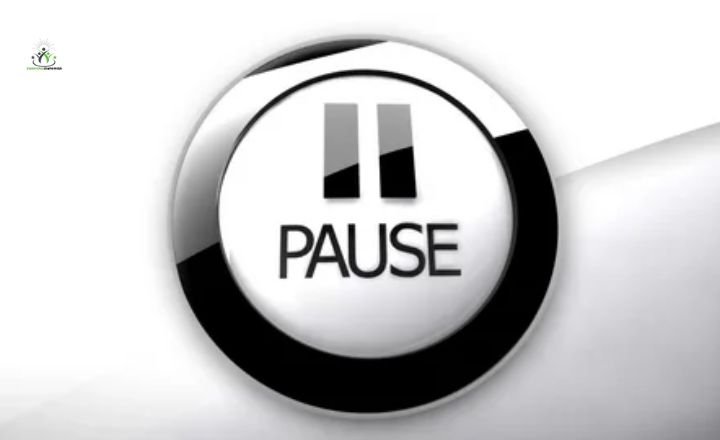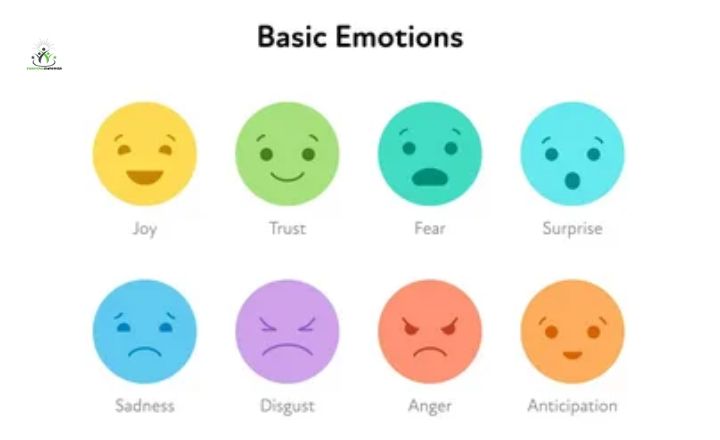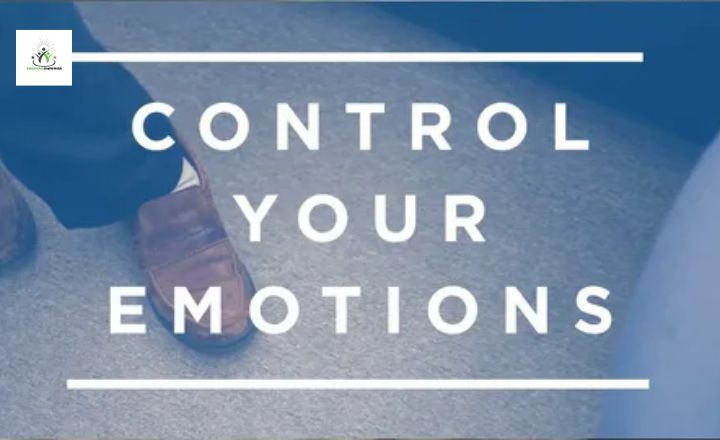Control your emotions 6 steps have never been more critical. Controlling your emotions is not only about defeat; it’s about understanding the complex dance between feeling and response. Emotions are vital signals that inform us about our environment and experiences without proper management, they can lead us into chaos or conflict.
Ways to control your emotions
- Pause
- Identify the emotion that is not a primary emotion
- Give scale
- Control your emotions by practicing breathing techniques
- Visualize something positive to control your emotions
- Talk to someone
Pause
Constantly demands our attention, the act of pausing can be revolutionary. This attentional break offers to step back and regain control over our emotions, transforming reactive responses into thoughtful interactions.
When faced with anger, taking just a few seconds to breathe deeply allows us to observe our feelings without being by them. In this stillness, we cultivate awareness and create space for clarity, enabling us to respond rather than react, turning potential conflicts into opportunities for understanding.

The power of pause resilience in our daily lives. Intentionally inserting throughout your day either during a meeting or while navigating personal challenges reinforce your ability to manage emotional violence more accurately.
Each pause becomes not just an escape from the chaos but a strategic tool for personal growth, allowing us to better our needs and desires while enhancing our connections with others.
Identify the emotion that is not a primary emotion
Emerging from situations where we feel wronged or overlooked, bitterness can cloud judgment and shape our responses in ways that lead to self-sabotage. Unlike primary emotions like joy or anger, which are instinctive reactions to stimuli, resentment carries layers of history and perception, often tied to expectations not met.

Emotion allows us to take control of our emotional landscape. By recognizing when resentment arises, we can trace its roots back to underlying feelings of powerlessness or disappointment. This process encourages us not merely to push aside negative feelings but instead confront them head-on. When we harness the awareness of these nuanced feelings, we pave the way for healthier interactions and emotional resilience.
Give scale
Giving scale to your emotions can often be the most empowering practice in self-regulation. By categorizing your feelings on a scale from one to ten, you gain clarity and control over them. This perspective allows you to approach situations more rationally instead of being swept away by an emotional tide.

I’m at a six right now, instead of simply stating you’re upset you invite deeper dialogue and connection. This strategy fosters a culture where shared vulnerability becomes essential for authentic communication.
Control your emotions by practicing breathing techniques
Breathing techniques can serve as a powerful antidote to emotional turbulence. When faced with stress or immense feelings, our body’s natural response is often to react impulsively. By consciously engaging in targeted breathing exercises, we can create a pause a moment to regain control over our emotions.

One effective technique is breathing, where deep inhalations fill the belly rather than just the chest. This method stimulates the vagus nerve, promoting a state of calm by activating the parasympathetic nervous system. As you take slow, deep breaths, visualize each exhale releasing tension and negativity while every inhale brings in clarity and peace.
Integrating breath control into everyday scenarios like during challenging conversations or stressful situations creates an inherent resilience within us. Embracing these techniques means choosing mindfulness over reactivity, a shift that better relationships with ourselves and others while enabling us to navigate life’s happiness with greater ease.
Visualize something positive to control your emotions
Visualizing something positive serves as a powerful tool for emotional regulation, allowing you to shape your internal narrative when challenges arise. Creating a vivid mental image can serve as an anchor in moments of stress.

Visualization not just as only daydreaming but as a form of mental rehearsal; envision yourself successfully navigating difficult situations with grace and composure. By visualizing desirable outcomes,
Talk to someone
Talking to someone can be a powerful antidote when it comes to managing our emotions. In a world that often encourages self-reliance, we might overlook the profound impact of sharing our thoughts and feelings with others.

Engaging in conversation allows us not only to release pent-up emotions but also to gain new perspectives that can help reframe our circumstances. It’s remarkable how feelings can lessen their weight, transforming inner into manageable discourse.
Talking is not just about venting; it’s an opportunity for connection and support. By exploring difficult feelings together, we create a safe space where vulnerability is met with compassion, helping us regain control over what once felt overwhelming.
Conclusion – control your emotions 6 steps
Mastering emotional control is not only essential for personal well-being but also for healthier relationships and making sound decisions. By recognizing and acknowledging our emotions, we can respond to them rather than react impulsively.
Techniques such as mindfulness, journaling, and seeking support can empower us to navigate our feelings effectively. Take the first step today: commit to understanding your emotions and watch how it transforms your life.
FAQs
What does it mean to control your emotions?
Controlling your emotions involves recognizing and managing your emotional responses, rather than allowing them to dictate your behavior.
Is it healthy to suppress my emotions?
No, while it’s important to manage emotions, suppressing them can lead to negative consequences. It’s healthier to acknowledge and process them appropriately.
Can anyone learn emotional regulation?
Yes! Emotional regulation is a skill that can be developed through practice, mindfulness, and various coping strategies.
What techniques can help me control my emotions?
Techniques include deep breathing exercises, mindfulness meditation, journaling, and cognitive-behavioral strategies.
How can I tell if I need help with my emotions?
If you find that your emotions are overwhelming or interfering with daily life, seeking help from a mental health professional may be beneficial.
Are there specific exercises for improving emotional control?
Yes! Exercises like practicing gratitude, engaging in physical activity, and using visualization techniques can enhance emotional control.
How long does it take to improve emotional regulation skills?
Improvement varies by individual; some may notice changes within weeks of consistent practice, while others might take months or longer.
Can controlling emotions improve my relationships?
Absolutely! Better emotional regulation leads to clearer communication and fewer conflicts, which can significantly enhance personal relationships.

